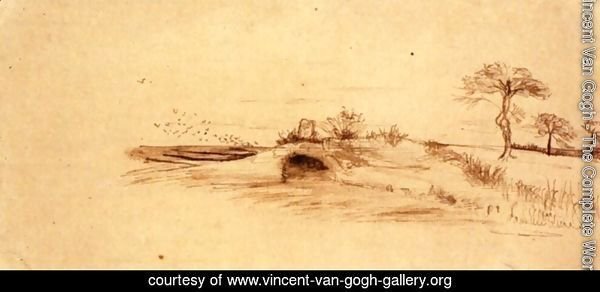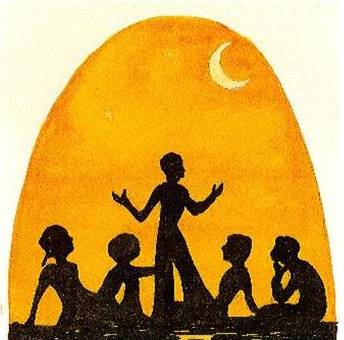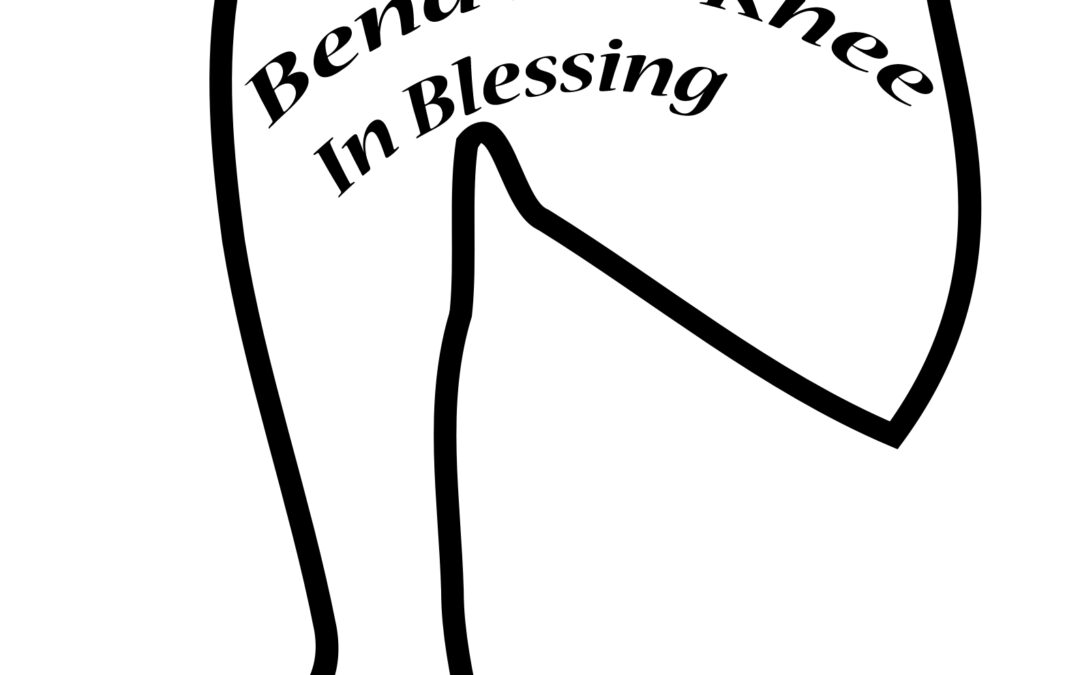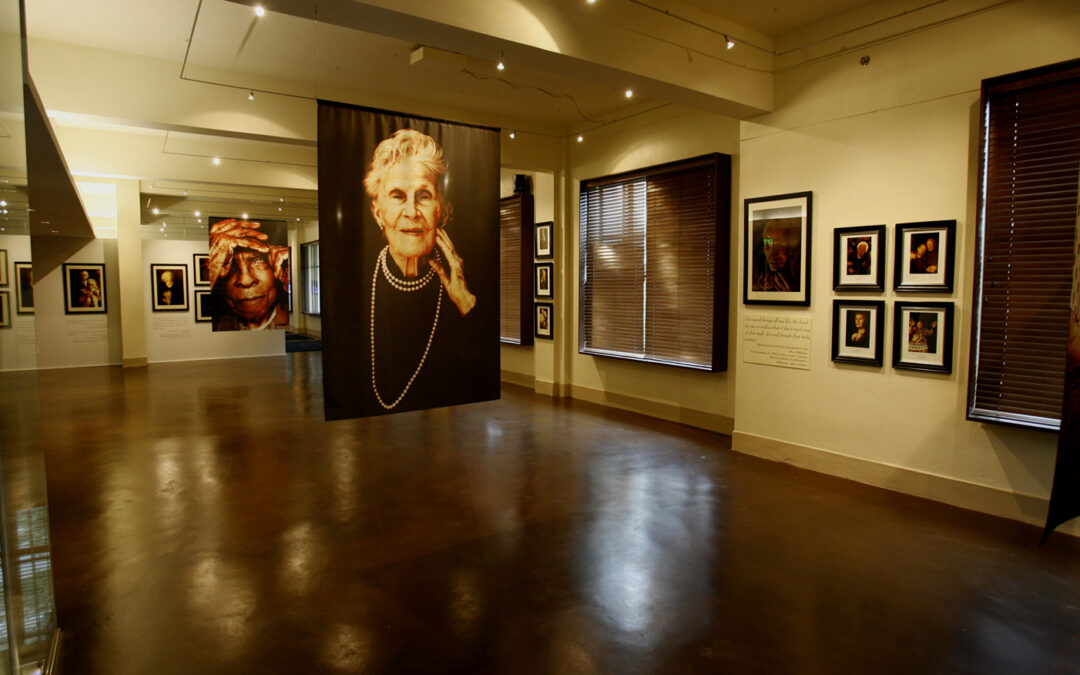
By Davide De Martin (http://www.skyfactory.org); Credit: Digitized Sky Survey, ESA/ESO/NASA FITS Liberator – https://www.spacetelescope.org/projects/fits_liberator/fitsimages/davidedemartin_12/ (direct link), Public Domain, https://commons.wikimedia.org/w/index.php?curid=1329999
I grew up listening to the Fifth Dimension singing, “when the moon is in the 7th house, and Jupiter, aligns with Mars. Then peace will guide the planet, and love will steer the stars.” So perhaps right now isn’t the dawning of the Age of Aquarius, and yes, I’m dating myself, but this week, the three stars of Torah, Talmud and Today have lined up.
Our Torah reading is the combined portions of Tazria and Metzora, which speak about rules and behavior regarding things that are t’hora–ritually pure/clean, and those that are tum’ah–ritually impure/unclean. This isn’t a value or character judgment of a person who becomes ta-mei, especially given that the parchment of our sacred Torah scrolls is ritually impure and can confer that impurity to people. That’s why we use a yad, “pointer” when reading from the scroll, and cover it with a mantle when handling it.
In Leviticus Chapter 13, the Torah goes into detail with respect to a particular skin affliction, negah tzara’at. Although it’s often translated as “leprosy,” it’s not. Negah means a plague or affliction, and tzara’at suggests a contagious or malignant skin disease in people, and mold or mildew in clothing or buildings. My teacher, Rabbi Len Levin, notes that the word negah can also mean “touch,” reminding us that ritual impurity–and perhaps this skin disease in particular–could be transmitted from one person (or thing) to another through touch.
Interestingly, the Torah never tells us about the community’s response to people afflicted with tzara’at; were they afraid? Was it just assumed that people would get sick and need to be isolated for a time? Was there mass panic? Did tzara’at ever become an epidemic, spreading like wildfire through a gathering? It does, later on in parashat Shelach Lecha, but God willing we won’t still be quarantined by then!
We’re living through what the Talmud in Shabbat 45 refers to as bish’at hadachak, a time of difficulty, a pressing situation or extenuating circumstances. Things that might not normally be “permitted,” such using electricity and the internet to hold Passover seders or synagogue services, are revisited to see how they might be made permitted under these particularly difficult circumstances. To me, that’s part of the beauty of Judaism and halachah.
There are so many parallels with the Torah’s laws regarding preventing tum’ah from being transmitted from one person or thing to another, and what we’re seeing in our communities today. We know the rules for today; wearing gloves and washing our hands after touching things, covering our coughs, disinfecting surfaces. Tum’ah is transmitted by touch, just like viruses and other diseases.
Tin Biblical times, those who were isolated outside of the Israelites’ camps were effectively cut off from everyone else. Luckily, today we have so many ways of staying connecting in quarantine that it’s mind-boggling, and at times, overwhelming. In order to stop the spread of this virus, we who God willing appear to be healthy must limit our outside activities as much as possible, to avoid the possibility of inadvertently passing it along.
May we soon see a significant drop in the numbers of those affected with COVID-19, and may we look forward to a time soon when we can meet again in person.










0 Comments